Of turf, roots, and fertilizer
I’d like to make three points.
1- Surfaces can be great, and the roots can be negligible.
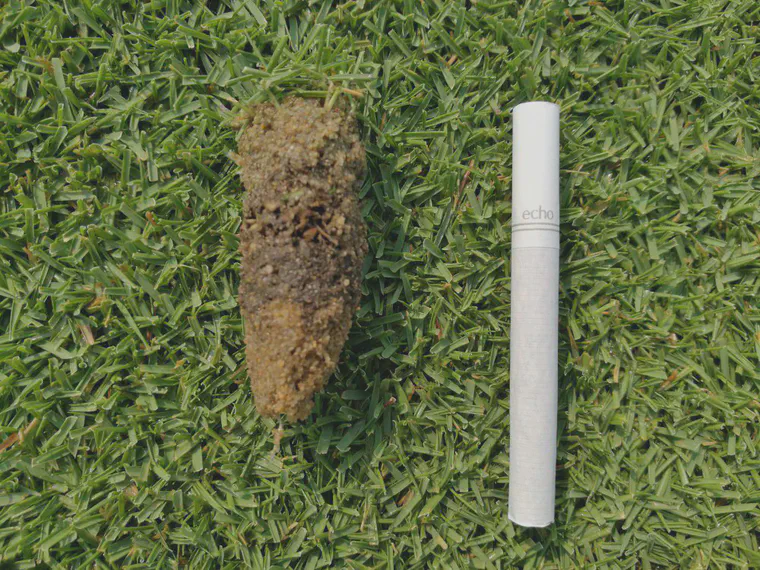
If the objective of greenkeeping work is to produce the desired surface, then one only needs enough growth to produce that surface. One also only needs enough roots to produce that surface. Any aboveground growth beyond that required to produce the surface is unnecessary, even problematic. For roots I won’t go so far as to say extra ones are problematic, but I might say roots beyond those needed to produce the desired surface conditions are irrelevant.
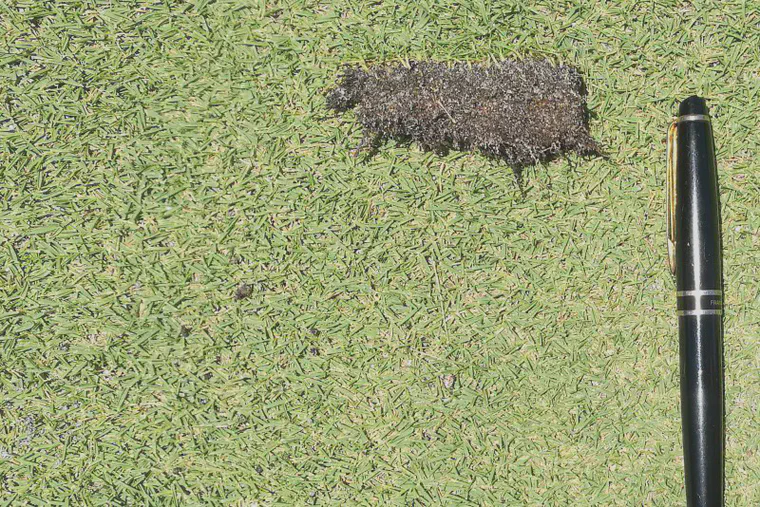
2- Surfaces can be awful, and roots can be amazing. I’ve seen some incredible roots on some surfaces that didn’t come close to meeting the level desired.
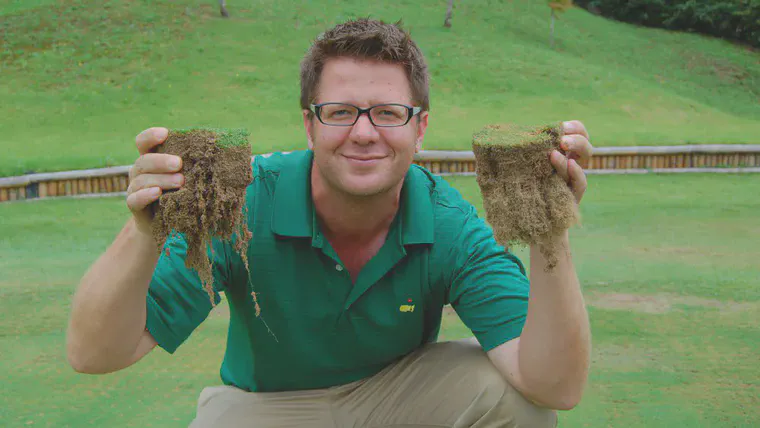
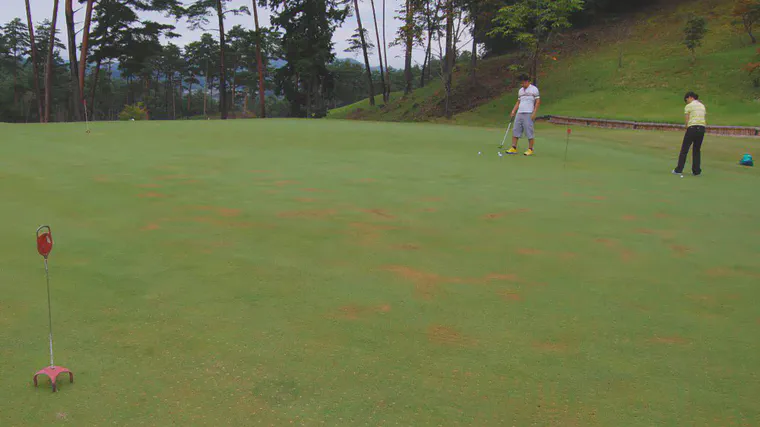
I’d rather have good surfaces than amazing roots.
3- I’ve been reading about an increase in roots and a simultaneous reduction in organic matter. Jerry Kershasky and I had a conversation about this:
what has been seen 2-date bi-weekly 8oz/m=significant root density increase, while 16oz/m 4 week OM reduction.
— Jerry Kershasky (@JerryKershasky) May 20, 2017
Let’s say one generates massive roots. Like those on the poor surfaces in section 2, above. Or by increasing the N rate (an easy and underrated method for stimulating root growth) as shown in the precision fertilisation guide from STERF.
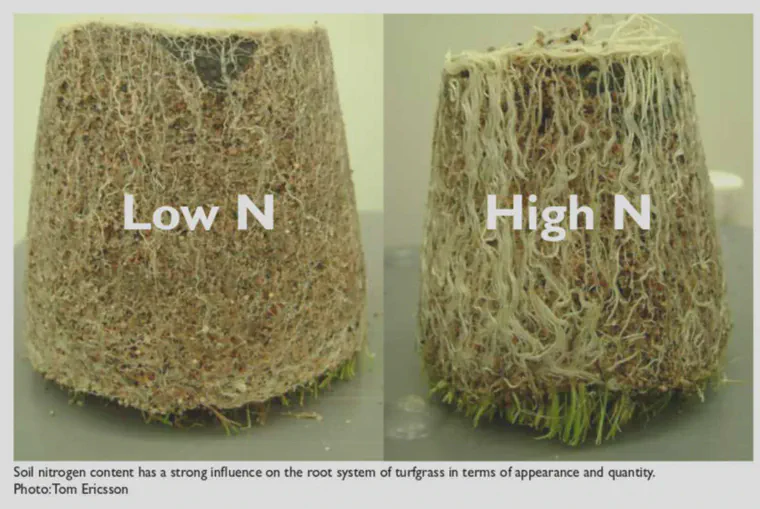
How can one generate massive roots and at the same time reduce soil organic matter over time? I suggest it is impossible to do both. In the short term I can see where one can do that—I’ve seen it myself. But long term, how can increasing the organic matter through production of more roots than would otherwise be produced lead to less organic matter in the soil? I’m not that credulous.